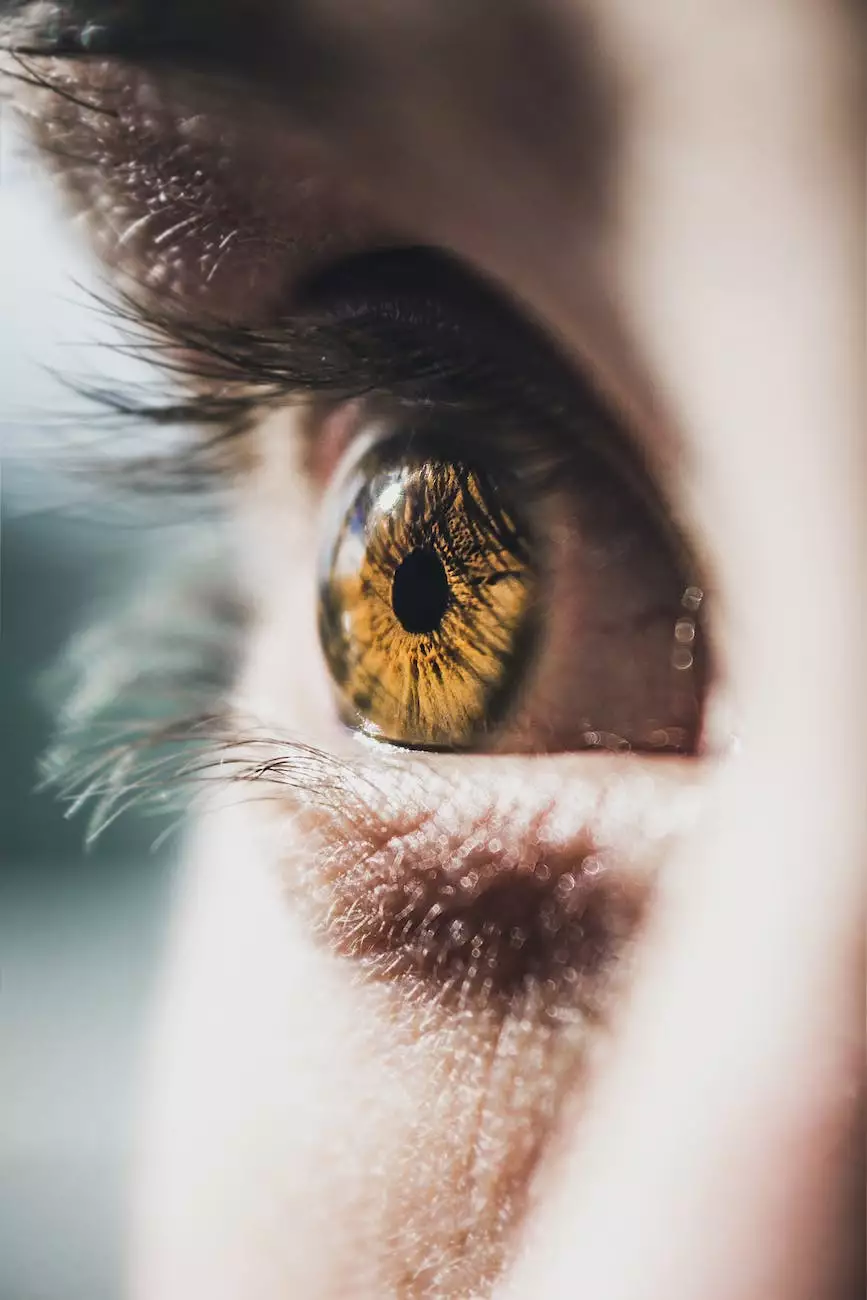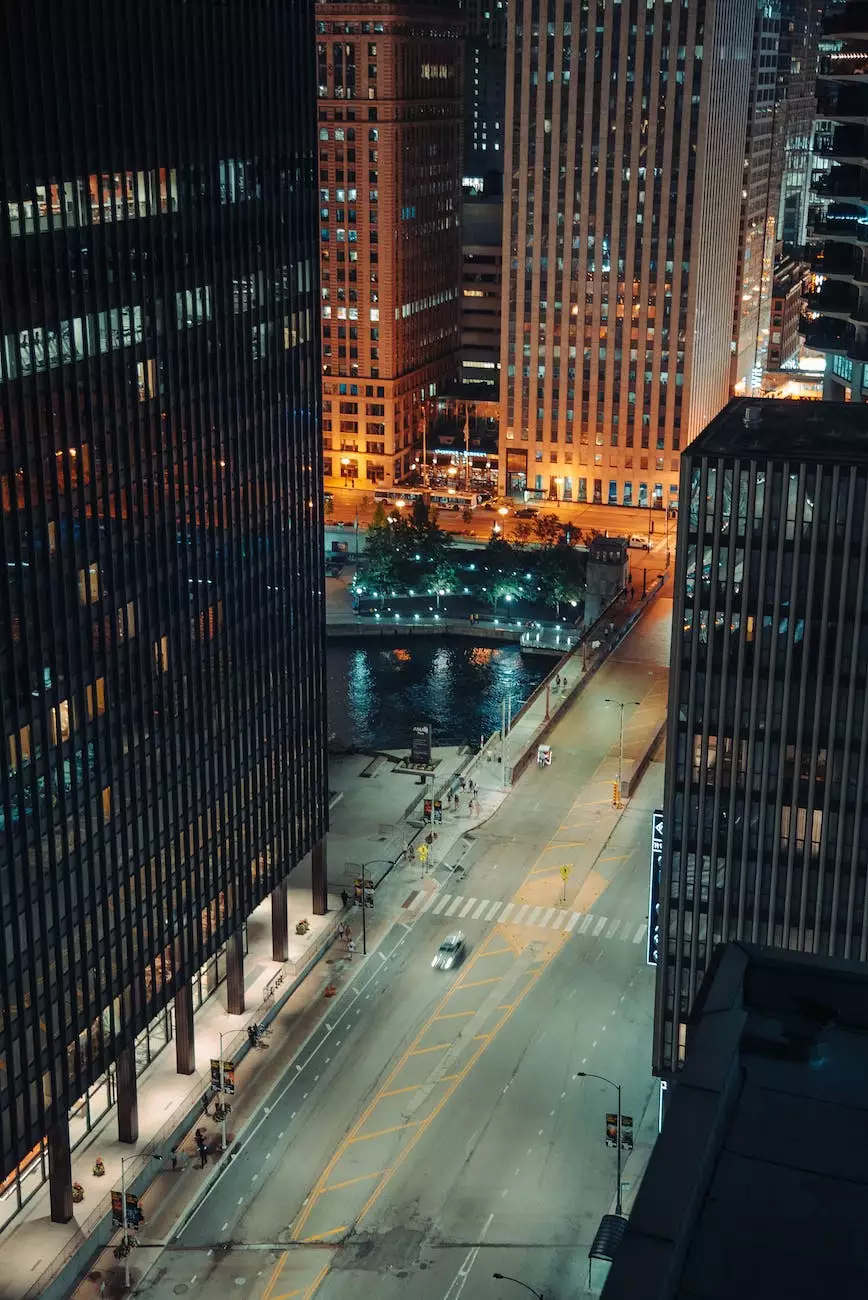Myopia (Nearsightedness)
Blog
Understanding Myopia
Myopia, commonly known as nearsightedness, is a refractive error that affects the way light is focused on the retina. This condition makes distant objects appear blurry, while close objects remain clear. It occurs when the eyeball is slightly longer than normal or when the cornea is too curved, causing the light to focus in front of the retina instead of directly on it.
Causes and Risk Factors
The exact cause of myopia is still unclear, but it is believed to be a combination of genetic and environmental factors. If one or both parents have myopia, there is a higher risk of developing it. Spending excessive time performing close-up activities like reading or using digital devices may also contribute to the development of myopia, especially in children and young adults.
Signs and Symptoms
The most common symptom of myopia is difficulty seeing distant objects clearly. Other signs may include squinting, headaches, eye strain, and the need to sit closer to the television or whiteboard in order to see clearly. If you are experiencing any of these symptoms, it is important to schedule an appointment with an optometrist for a comprehensive eye examination.
Diagnosis and Treatment
A professional optometrist can diagnose myopia through a comprehensive eye exam that includes a visual acuity test, refraction test, and evaluation of the overall eye health. Once diagnosed, there are several treatment options available to manage myopia. The most common approach is prescribing corrective lenses, such as glasses or contact lenses, to help the eyes focus correctly. Another option is orthokeratology, which involves wearing special contact lenses overnight to reshape the cornea temporarily. In certain cases, refractive surgery, like LASIK, may be recommended to permanently correct myopia.
Prevention and Lifestyle Tips
While it may not be possible to prevent myopia entirely, there are certain lifestyle changes that can help slow down its progression. These include:
- Spending time outdoors: Studies have shown that spending more time outdoors, especially during childhood, may reduce the risk of developing myopia.
- Taking regular breaks from near work: If you spend prolonged periods of time reading or using digital devices, make sure to take frequent breaks and focus on distant objects to relax the eyes.
- Maintaining proper lighting: Ensure that you have adequate lighting when performing close-up tasks to reduce eye strain.
- Following the 20-20-20 rule: Every 20 minutes, look at an object 20 feet away for at least 20 seconds to help reduce eye strain caused by prolonged near work.
Visit Baron Rick W Dr, Your Trusted Optometrist in Chicago, Illinois
If you are experiencing symptoms of myopia or need a comprehensive eye examination, Baron Rick W Dr is here to help. With years of experience and a commitment to providing personalized care, we offer a wide range of eye care services to suit your needs. Whether you require prescription glasses, contact lenses, or advice on managing myopia, our team of professionals is dedicated to helping you achieve optimal eye health.
Contact Baron Rick W Dr today to schedule an appointment and take the first step towards clear and comfortable vision.




